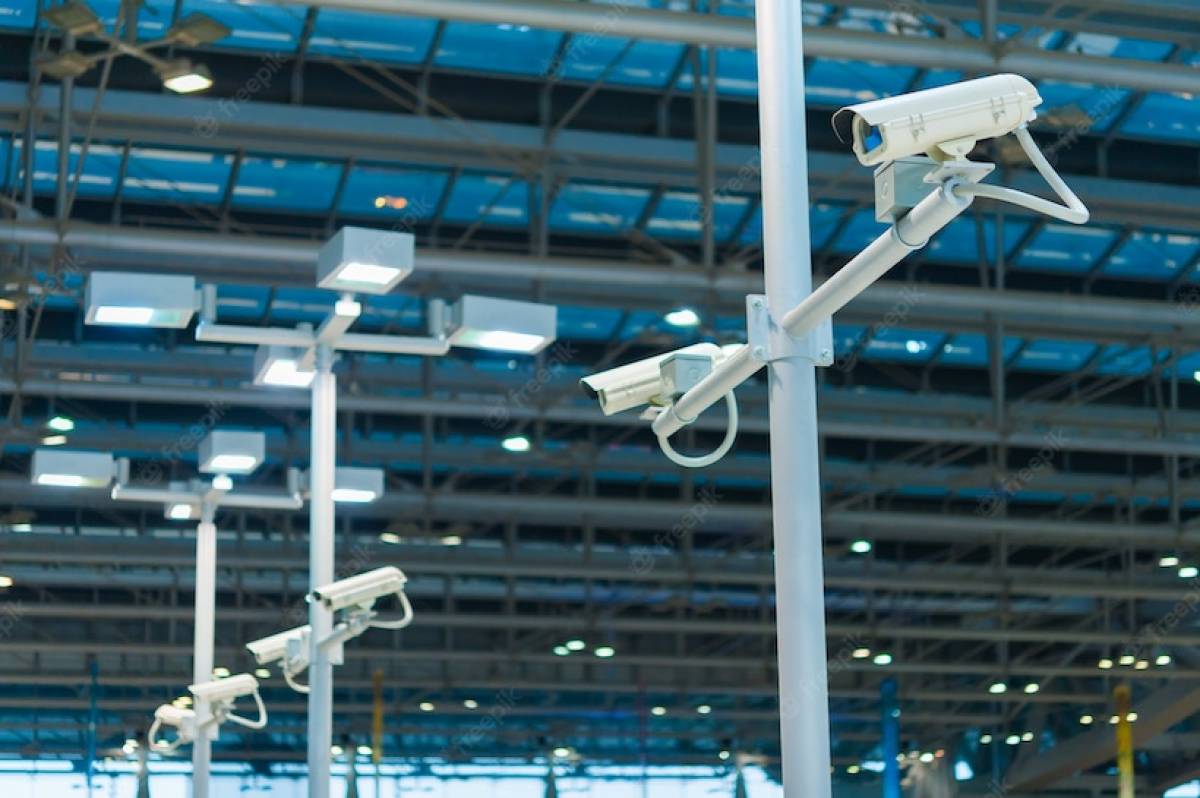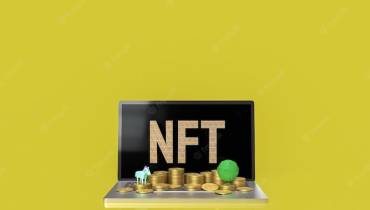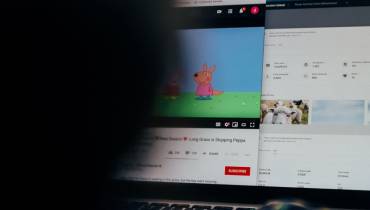Why Managers Must Replace Dystopian Workforce Surveillance With Proper Management

Webcam monitoring has more than doubled, and employers are now ‘spying on’ a third of workers, according to recent research. Bosses and business owners are using dystopian surveillance tools more and more to make sure their workers are being diligent.
This paranoia, perhaps understandable as we get used to new ways of performance measuring and the required maturity to trust fellow stakeholders, is just that; paranoia.
In a hybrid working environment, as managers can’t see people working at their desks, it can lead to conclusions that staff just aren’t working at all.
Not surprisingly, a 2017 study by Baylor University found that monitoring software correlated with greater employee tension and less job satisfaction, which naturally caused a higher staff turnover. This pressure, and the subsequent desire to jump ship, is stressful enough, let alone during the economic freeze of the pandemic, when another job may not be so easy to find.
The c-suite and managers that run the day-to-day operations must relinquish this over-the-top oversight if they want their company to perform well. This means swapping surveillance for something much harder to perfect but much more rewarding for everyone’s mental health and, therefore, their productivity; good management - trust, communication, and a focus on the outputs.

Michael Cupps, Senior Vice President of Marketing ActiveOps.
Michael Cupps (Senior Vice President – Marketing at ActiveOps PLC, a management process automation company) gives his take on the matter:
“As we have all read and heard a thousand times, the pandemic has changed working and what managers and employees need to work effectively, for good.
You may think, and you certainly would hope, that this ‘new normal’ hints at some degree of trust between employers and employees.
That managers may start to trust their employees, and that employees, in turn, would reward this greater autonomy, and the morale boost, with increased productivity.
Unfortunately, the demands by companies to have all return to the office seem to contradict this concept.”
More recently, UK MPs stated that worker surveillance and setting performance targets through algorithms damage employees’ mental health and need to be controlled by new legislation.
Cupps explained:
“Workforce surveillance is not just unjust and unethical; it is entirely self-defeating. A happy team is a productive team. It’s no secret that investing in your employees’ wellness can reduce sickness rates, improve work motivation, and encourage a better sense of team morale.
And an effective team is what your bottom-line needs. You’d be better off, and so would the quarter’s profits, if you monitor your staff by instilling a sense of autonomy and measuring success by results. After all, results matter, not mouse clicks and not time spent sitting at the desk."
Cupps added:
“There is a word for these concepts, and it isn’t some pandemic-spawned technobabble; it is simply called good management.
Communicate with your employees, measure their effort by the results they achieve, and regularly review these results against other companies, departments, and staff. This way, everyone is pulling their weight, and everyone remains in control while avoiding burnout
The trust goes both ways, and if you play your cards right, your staff may stay working for you – rather than filling the ever-growing number of vacancies in better-paid and better-managed roles elsewhere.”
Just because some bad apples use digital tools to spy doesn’t mean that is their only use. Intelligent workforce management software is a shortcut to keeping your workforce healthy, happy, and productive (and that doesn’t mean by measuring their clicks).
The drive towards optimizing organizational efficiency and productivity should no longer center solely around performance and profit, but equally revolve around maintaining a quality employee experience.
Cupps continued:
“Businesses must now look to access real insights and implement operational changes that promote cultural and performance consistency in a hybrid world.
Many leaders will also recognize that capturing real-time data at aggregate and individual levels can enable a company to uncover more prominent organizational trends that can drive overall business efficiency.”
Thanks to the incorporation of AI and ML in workforce optimization solutions (WFO), managers can gain insight into real-time working habits and the results they achieve can help managers and the C-suite make better decisions – short term and long term.”
Armed with insights, managers now can instantly see how they are performing and, more importantly, how to use the opportunity to engage with their workforce and discuss the right course of action to support their development and wellbeing.
For instance, managers may see that someone is working long hours but not producing many outputs; that might indicate the risk of burnout and a need for support or training. They may be completing work at an extremely high rate, despite not logging many hours – that could be a cause for celebration and a sign that they have spare capacity or need a more stretching challenge.
It also means that it's easier for managers to identify the behaviours of top performers that can be replicated across the whole workforce to achieve even more outstanding results.
Cupps concluded:
“These insights are designed to help managers lead with confidence and not, as it would seem, to simply spy on their staff.
Management teams have the opportunity to gather the correct information as and when they need it to make the right decisions for their staff and their business.
It also means that management teams can work in a hybrid environment secure in knowing that they are doing their best to keep productivity high and protect employee wellbeing.”
Good management shouldn’t be a ‘click-measuring contest. Well informed decisions at the top can, and should, mean better conditions for all stakeholders involved, especially employees.
Better conditions mean higher productivity, improved staff well-being, and mental health. With proper workforce management, ultimately, you will have a better-performing company.















![Start a Career in Gaming Industry: Tips & Best Employment Opportunities [node:title]](/sites/default/files/styles/video_thumbnail_bottom/public/gamer-playing-first-person-shooter-tournament-using-rgb-keyboard-headphone-3933.jpg?itok=PbcL-V2p)




